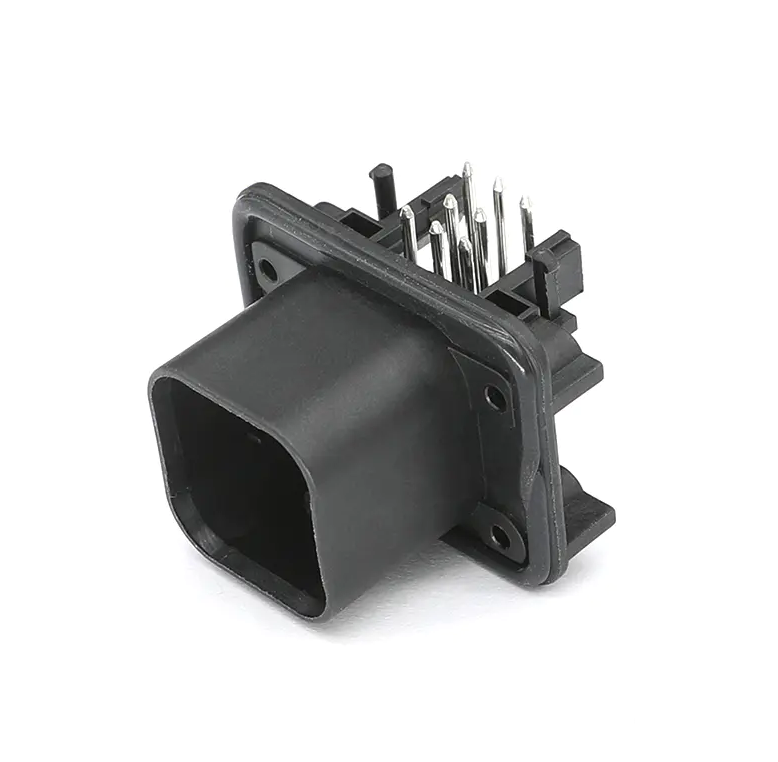Selecting the right PCB header connector for a specific application depends on several factors, including connector type, pin count, size, and placement requirements.
The connector type—whether male or female—depends on whether the connector will be used with another PCB or with external devices. Male connectors typically have pins that insert into female connectors, whereas female connectors have sockets that accept male pins.
The pin count is another crucial consideration. Depending on the number of connections required in the design, you can select a single-row or dual-row connector. It's important to match the pin count with the corresponding connector or cable to ensure proper functionality.
Size and placement requirements should also be taken into account. Some PCB header connectors are designed for tight spaces and may feature right-angle pins, while others may have straight pins for applications with more room.
Finally, consider the quality of the connector—materials like gold-plated contacts improve conductivity and prevent corrosion, extending the connector's lifespan and performance.
By considering these factors, you can select the ideal PCB header connector that meets the specific needs of your project or product.

